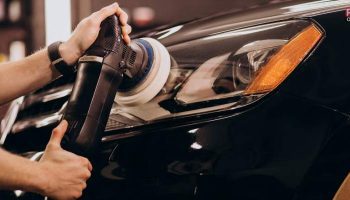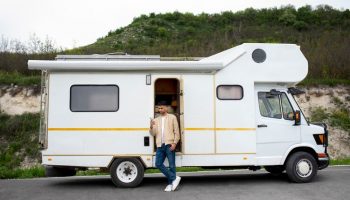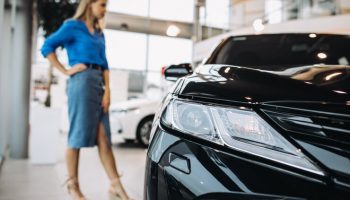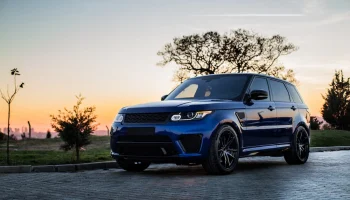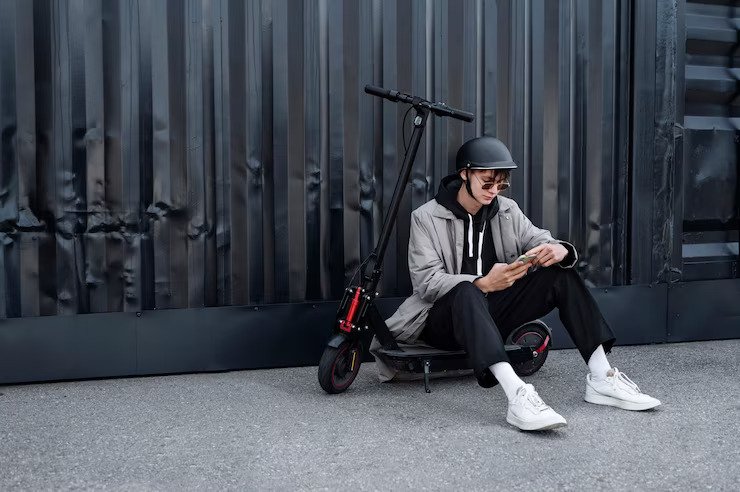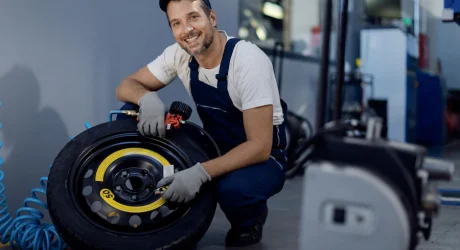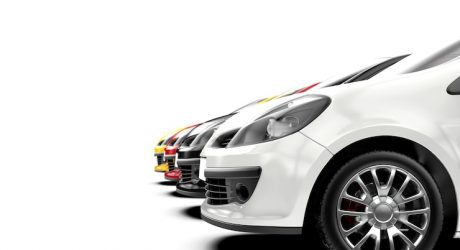Have you ever been curious as you sail effortlessly down the road on your electric scooter, the wind in your hair and the world rushing past in a blur?
What is it, you may ask, that makes this wonder of technology glide so smoothly and respond so seamlessly to your every command?
It’s high time we shine a light on the unsung hero hidden within the sleek frame of your scooter – the enigmatic scooter controller.
What Is An Electric Scooter Controller?
Just as the conductor directs an orchestra or a CPU coordinates the functions of a computer, the electric scooter controller is the maestro of your scooter’s mechanics. It is the fulcrum around which the multiple components of your scooter interact, providing the integral link between your actions and your scooter’s responses.
When you squeeze the throttle, the controller deciphers this input and relays the command to the motors. It determines just how much power is needed based on your input and conditions, such as the slope of the terrain or the weight being carried.
This little electronic dynamo is perpetually in action, making countless decisions per second to ensure your ride is as smooth as possible.
And it doesn’t matter whether you’re leisurely cruising through your local park on a light, battery-powered scooter or zipping through city streets on a robust commuter scooter. The controller is integral to electric scooter for adults, quietly and efficiently working under the deck.
The Controller in a Dual Motor Electric Scooter
When it comes to the sophisticated world of dual-motor electric scooters, the role of the controller becomes even more significant. This is where the controller showcases its real prowess.
Varla Eagle One, for example, boasts two powerful motors, necessitating a controller that can handle the increased power and manage the synchronization between the two motors.
In a dual-motor setup, the controller essentially takes on the role of a circus juggler.
It maintains an intricate balance, ensuring each motor receives the precise amount of power it needs to deliver optimal performance. Whether scaling a steep hill or cruising at 40 mph on a flat road, the controller adeptly manages power distribution to both motors.
So, while you’re relishing the wind in your hair and the thrill of the ride, your scooter’s controller is tirelessly managing a torrent of information, making lightning-fast decisions, and harmonizing two potent motors. And it does all this without breaking a sweat! Next time you set off on your scooter, you’ll have a newfound appreciation for the hidden marvel that makes your ride possible.
How Is Controller Power Measured?
Are you ready to delve deeper into the nitty-gritty of your electric scooter? Let’s navigate through the technical maze and unearth how the power of an electric scooter controller is gauged. This knowledge can help you better understand your ride’s capabilities and ensure it’s operating at peak performance.
Voltage (V)
The term’ voltage’ is often thrown around when discussing electric scooters, but what does it mean? Essentially, voltage is like the force that propels electrons through a circuit, making them perform work.
Think of it as the water pressure in a pipe, driving the water forward.
In the context of your electric scooter, the voltage can be considered the engine’s horsepower. It gives your scooter the ‘oomph’ to scale hills, maintain a steady 40 mph on long stretches, or smoothly carry you and your backpack full of books.
Controllers in electric scooters are generally rated for a specific voltage range. For instance, you might see ratings like 36V, 48V, or even 52V. The Varla Eagle One motor scooter, with its beastly performance, is designed to handle a 52V controller, for example.
The voltage specification is crucial, as a controller must match the scooter’s battery voltage to function correctly and ensure a smooth, power-packed ride.
Current (A)
While voltage provides the force, ‘current,’ measured in amperes or ‘amps,’ is the measure of the volume of electricity flowing through the circuit. To stick with our water analogy, if the voltage is the water pressure, the current is the amount of water that flows through the pipe.
In an electric scooter, the current is a crucial factor influencing the vehicle’s torque.
Controllers also have a specified current rating. When the controller’s current output matches the motor’s demands, you get an escooter that can not only hit high speeds but also has the grunt to take on challenging terrains and steep inclines easily.
Use a Multimeter or Check the Electric Scooter’s Specifications
How do you figure out your electric scooter controller’s voltage and current ratings? You have two primary methods at your disposal.
Firstly, you could use a multimeter, which is a measuring instrument combining various electronic functions in a single unit. This device keeps track of current, voltage, and resistance, providing insights into the electrical operation of your scooter.
If you do not like tinkering or prefer a straightforward approach, you can directly refer to your scooter’s specifications. Most manufacturers, including Varla, provide complete product specs, offering detailed insights into the scooter’s capabilities. These specifications typically include information about the controller, battery, motors, and other components, allowing you to understand the tech powering your favorite ride.
What Are the Different Types of Dual Motor Electric Scooter Controllers?
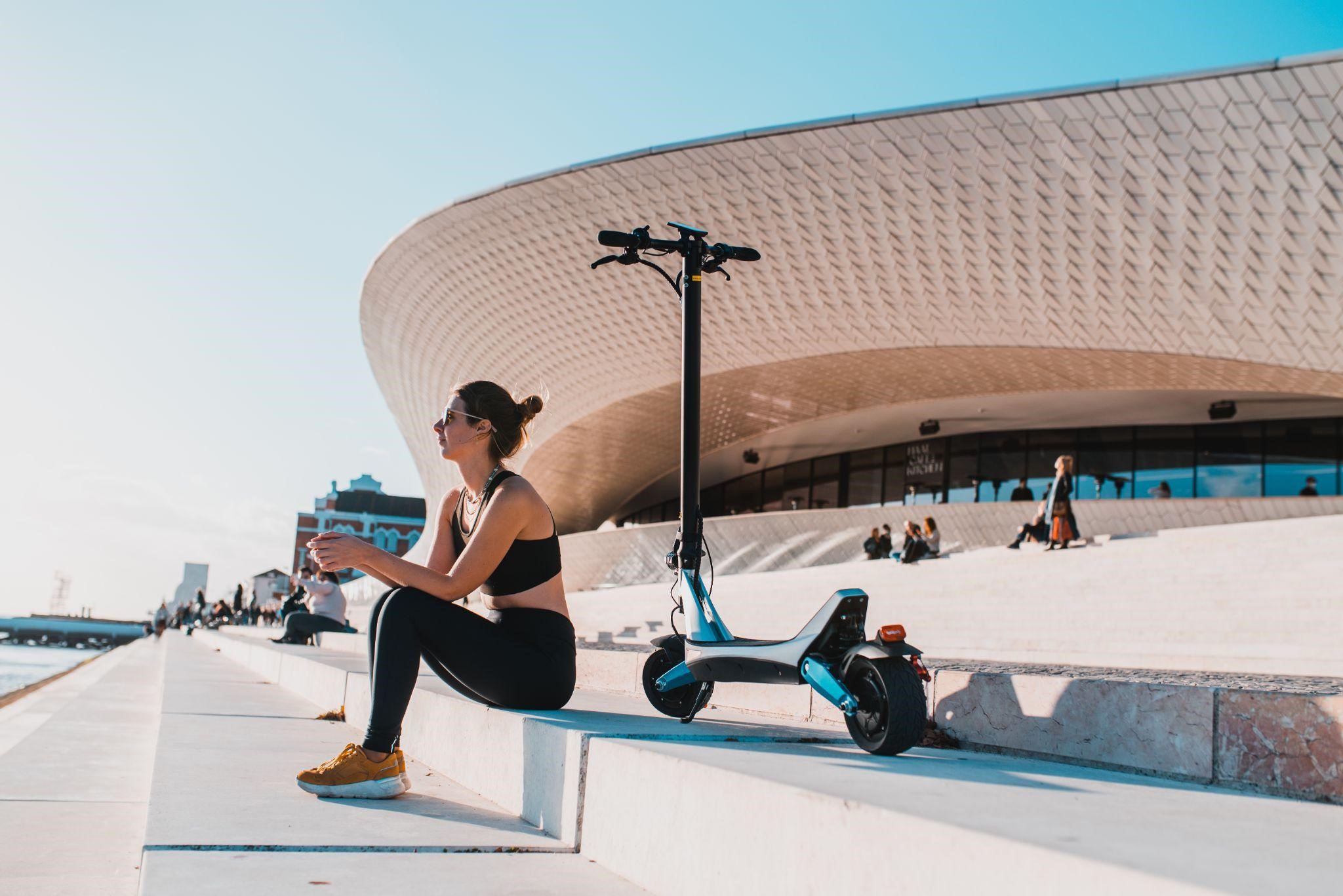
As we dive deeper into the heart of your scooter, let’s shed some light on the types of controllers steering your dual-motor electric scooters. Electric scooter controllers are divided into two key categories: square wave controllers and sine wave controllers.
Square Wave
Picture the abrupt rise and fall of a cityscape skyline. That’s the sort of power delivery you get from square wave controllers.
As their moniker indicates, these controllers relay power in ‘square’ or ‘blocky’ waves, resembling a quick transition from one power state to another.
While these controllers are easier on the wallet and less complex in design, they come with a trade-off. Due to their abrupt power transitions, square wave controllers can result in less efficient motor performance, leading to more noise and a less smooth ride. Their operation can be likened to a car with an on-off throttle response, offering less control over speed modulation.
Sine Wave
Now, visualize the graceful flow of a wave in the ocean. Sine wave controllers imitate this fluid motion in their power delivery. They provide power in a more natural, smooth, oscillating pattern, akin to how alternating current operates in your home’s power supply.
This smoother power delivery leads to better overall motor performance, boosting the efficiency of your dual-motor electric scooter. The ride is quieter, and the power transition is seamless, offering a more refined, controlled, and comfortable ride.
The Varla Eagle One, known for its high performance, leverages sine wave controllers to deliver a smoother, quieter, and more efficient riding experience. These controllers contribute to the scooter’s ability to tackle various terrains at up to 40 mph, further elevating its status as a top-tier commuter scooter.
How To Repair And Maintain Electric Scooter Controllers
Your electric scooter controller, the nerve center of your vehicle, needs a regular check-up to keep it in tip-top shape. This routine maintenance includes keeping the controller free from dust and moisture, which can deteriorate its performance and lifespan. Regular inspection of the controller’s connections is equally important to ensure they remain secure and that information and power flow remain uninterrupted.
But remember a dual-motor scooter isn’t just an advanced piece of technology and a workhorse. Thus, you should avoid overloading it. Excessive loads can strain the motors and the controller, leading to premature wear and potential damage.
When Should You Replace An Electric Scooter Controller?
Like all good things, your electric scooter controller won’t last forever. Performance issues indicate that it is time for a change. Look for symptoms like inconsistent speed, unexpected power loss, or even failure to start the scooter. These could all point to a tired controller bidding adieu.
However, take your time with conclusions. Consult a professional or contact your scooter manufacturer’s customer support for a better diagnosis. If you’re a Varla Eagle One rider, their dedicated customer service team is always on standby to provide expert advice and assistance to keep your journey uninterrupted.
When Should You Replace An Electric Scooter Controller?
It’s time to replace the controller when you notice performance issues like inconsistent speed, sudden power loss, or the scooter not starting. In such cases, consult a professional or contact your scooter manufacturer’s customer support for guidance. If you ride a Varla Eagle One, their customer service team will gladly assist you.
Wrapping Up
The controller is pivotal in your dual-motor scooter, ensuring smooth, safe, and enjoyable journeys. Understanding its functions and maintenance needs will make your rides better and extend your scooter’s lifespan. So, next time you hop onto your scooter for a ride, take a moment to appreciate the incredible technology beneath your feet.
Read Also:
- How To Remount A Cyclocross Bike Pro Tips
- Speed Boat Tours In Miami: A Credible Rental Company
- Planning For Spring Outdoors – Best Long-Range Electric Bike on Himiway










